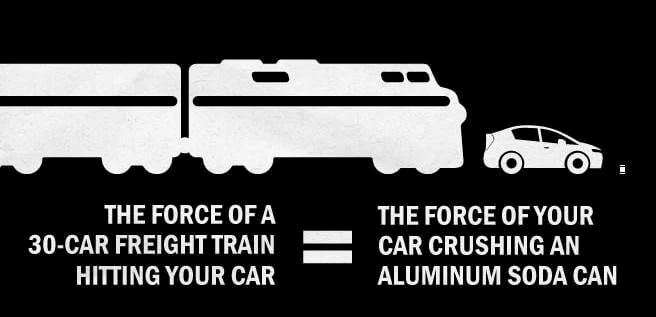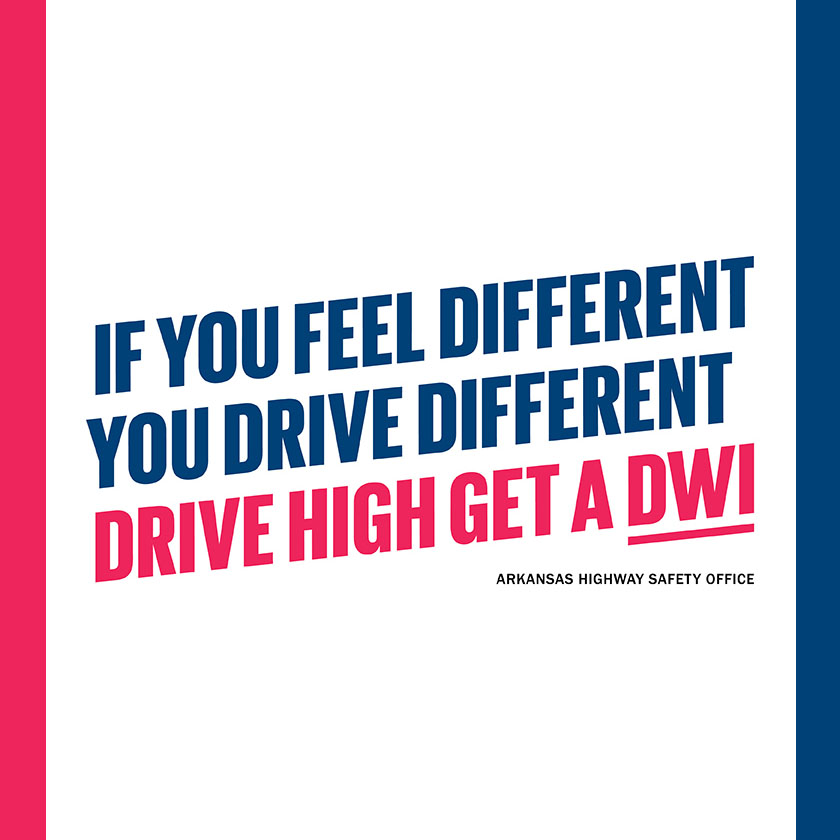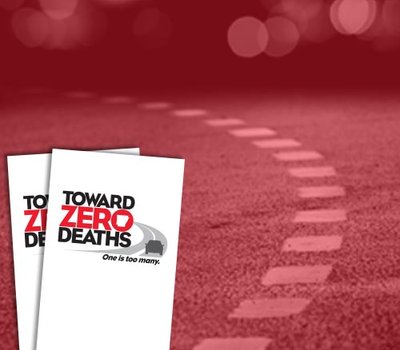Rail/Highway and Roadway Safety

The Arkansas State Police joined forces with first responder agencies in the U.S. and Canada for “Operation Clear Track” — the single largest rail-safety initiative in North America.
Coordinated by Amtrak, Operation Lifesaver Inc. and Operation Lifesaver Canada, Operation Clear Track aims to reduce the number of railway crossing and trespassing incidents in the U.S. and Canada — incidents which seriously injure or kill more than 2,100 people each year. The event is held during the annual observance of Rail Safety Week, September 21-27.
Here are a few ways to stay safe around railways:
- Never try to beat a train at a crossing or snake around the lowered crossing gates.
- Assume that there is a train on every track at all times, even tracks that are rarely used.
- If there is a stop sign at the crossing, stop! If there is a yield sign or electronic signals, slow and make sure that no trains are approaching.
- Never cross a railroad track unless you are sure there is room on the other side for your vehicle to completely clear the tracks. Many collisions occur when a vehicle's rear end is still hanging out over the tracks.
27-51-702 - Obedience to signals at crossings required.
(a) Whenever any person driving a vehicle approaches a railroad grade crossing under any of the circumstances stated in this section, then the driver of the vehicle shall stop within fifty feet (50') but not less than fifteen feet (15') from the nearest rail of such railroad and shall not proceed until he or she can do so safely. These requirements shall apply when:
(1) A clearly visible electric or mechanical signal device gives warning of the immediate approach of a railroad train;
(2) A crossing gate is lowered or a human flagger gives or continues to give a signal of the approach or passage of a railroad train;
(3) A railroad train approaching within approximately one thousand five hundred feet (1,500') of the highway crossing emits a signal audible from such distance and the railroad train, by reason of its speed or nearness to the crossing, is an immediate hazard; and
(4) An approaching railroad train is plainly visible and is in hazardous proximity to the crossing.
(b) No person shall drive any vehicle through, around, or under any crossing gate or barrier at a railroad crossing while the gate or barrier is closed or is being opened or closed.
For more information about Rail Safety Week, Operation Clear Track, and other rail-safety initiatives and tips, please visit www.oli.org.
Based On NHTSA's Research
Historically, Arkansas has had a relatively high rate of rail-highway grade crossing fatalities. Part of this is attributed to the high number of grade crossings, especially those in rural areas that are not signalized, and the vehicle miles of travel. Training needs to be provided to law enforcement officers on the causes of grade crossing crashes and ways to improve crash investigation and crossing safety.
There were 44 rail-highway grade crossing crashes recorded in 2009, 5 less than the previous year. The 5 year moving average shows a downward trend beginning 2007 through 2009.
There were reported 62,808, motor vehicle crashes in Arkansas in 2009. Elements within the roadway environment, including construction and maintenance work zone traffic control, have been identified as contributing factors in some of these crashes. There were 1,851 work zone crashes and 24 fatalities reported in 2009.
Of the 1,851 work zone crashes reported in 2009, 23 were on the Interstate System. There is a need to inform the public of construction activity on Arkansas roadways. The Arkansas State Highway and Transportation Department will provide motorists with information on construction activities and the Arkansas State Police and the Arkansas Highway Police will conduct traffic enforcement in construction work zone areas.
In many cases limited funds and lack of expertise in highway safety affect a local government’s ability to provide adequate traffic engineering services, crash analysis, safety training and safety related materials. The Section 402 Program assists these jurisdictions by providing funds for these services. Also technical support, staff time and travel are needed to ensure that the roadway safety program is adequately administered.


